
Evocative Relief
Kristen Henderson; advised by Paz Gutierrez and Kyle Steinfeld

Disaster Relief Community. How well does architecture address all three?
Evocative space has the capacity to elicit powerful emotions, to calm, to excite, to distress and to relieve. Changing qualities of light, especially in connection with phase changes of water, have potent effects on the evocative atmosphere of space. Architecture's ability to evoke emotional and stress relief has been underutilized in public spaces, especially in those of disaster relief communities. Current disaster aid, specifically in flood-prone communities, is insufficient in its response during phase 2 of disaster relief, the extended period of emotional and community recovery. Standard aid merely addresses people's post-disaster physical needs, without attempting to build long-term resiliency of place, community or emotional support.
This thesis aims to study how the evocative power of the phenomenological qualities of space, especially temporal light in connection with the phase changes of water, can define community spaces that pro-actively mediate the rhythms of seasonal and disaster-scale flooding. Methods will be focused on the development of an adaptive, sustainable infrastructure for emotional relief in connection with the environment, which is too often absent in disaster aid.

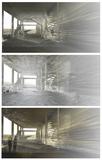
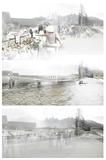
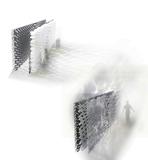
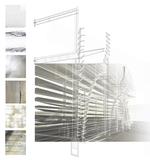

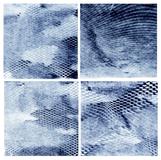
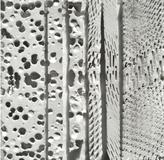











There's more!
Some other projects from this same class have been posted, as well as some interesting student work from this same year.